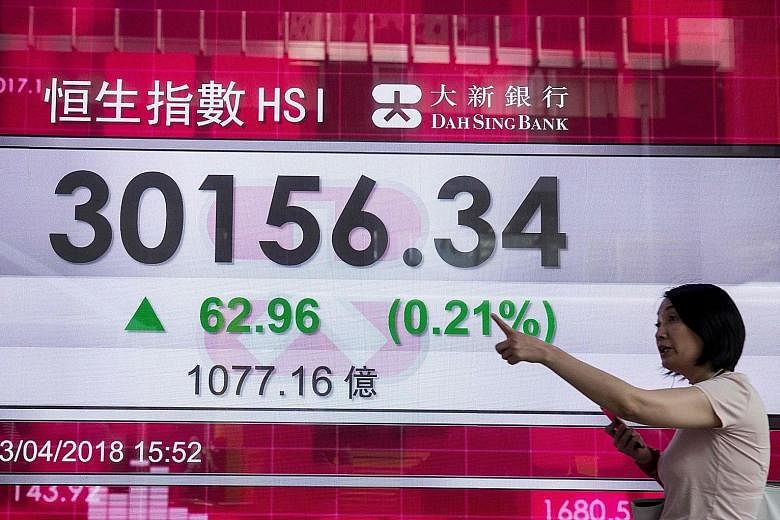When considering equity valuations, there are many different measures that investors can turn to. Each tells a different story. They all have their benefits and shortcomings, so a rounded approach that takes into account their often-conflicting messages is the most likely to bear fruit.
A common valuation measure is the forward price-to-earnings multiple or forward P/E. We divide a stock market's value or price by the aggregate earnings per share of all the companies over the next 12 months. A low number represents better value.
Already a subscriber? Log in
Read the full story and more at $9.90/month
Get exclusive reports and insights with more than 500 subscriber-only articles every month
ST One Digital
$9.90/month
No contract
ST app access on 1 mobile device
Unlock these benefits
All subscriber-only content on ST app and straitstimes.com
Easy access any time via ST app on 1 mobile device
E-paper with 2-week archive so you won't miss out on content that matters to you

